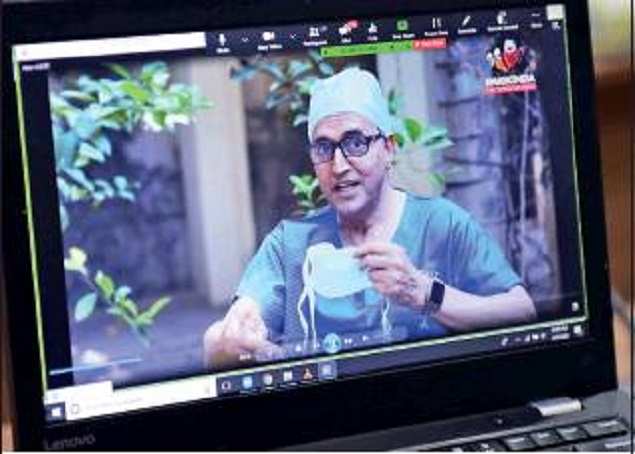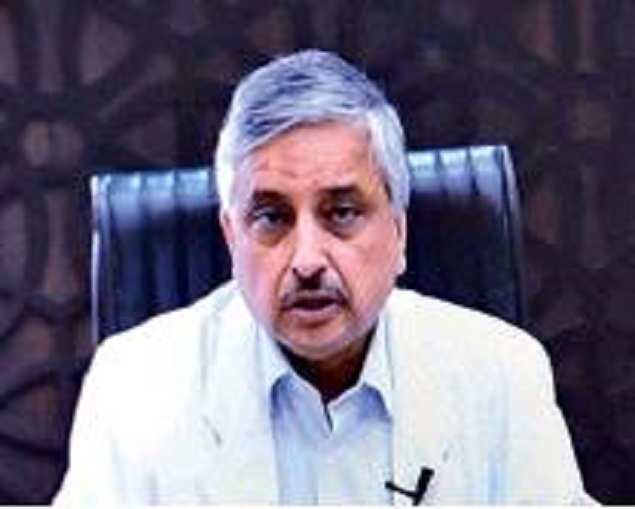The big dilemma: Saving lives vs saving livelihoods

The lifting of the lockdown imposed to check the spread of Covid-19 across India has to be carefully managed, though social distancing will still be necessary in some form, agreed experts at the International Online Conference on Covid-19, organised by Bennett University on Thursday.
The challenge was to determine what should be done once the country came out of the lockdown, the experts said. They felt that the revival of Indias economy could not be entirely ignored, pitching it as a dilemma between saving lives and saving livelihoods.
Lockdown only till absolutely necessary
David Nabarro, World Health Organizations special envoy on Covid-19, said, “No country wants to stay in lockdown for any longer than is absolutely necessary. So, the best thing to do now is to develop community level capacity for detection and isolation of positive cases.” He added that it was not easy to develop a vaccine against the coronavirus and tougher still to develop enough vaccines to immunise everyone on short notice. “With a lot of luck, we might have a vaccine within 18 months,” Nabarro said. 
No medical reason for extending lockdown except in hotspots
Concerned about the economic impact of the lockdown and how the country can phase out of it, Dr Devi Shetty, chairman, Narayana Hospitals, proposed that the hotspots could remain sealed, while other areas gradually opened up.
“We can say that we have reduced the mortality rate by 50% in India because of the early lockdown, which did not happen in many other countries. Going forward, we need to gradually lift the lockdown and have an unconventional exit strategy. There seems no medical reason to continue with the lockdown except in the hotspots. We proposed in Karnataka that public transport should start, but at 50% of capacity, and shops should open from early morning to late hours so people dont crowd,” said Dr Shetty. 
Next challenge is immunising country from hotspots
Dr Randeep Guleria, director, All India Institute of Medical Sciences, New Delhi, said the next few weeks would remain testing, though the infection graph might not rise sharply due to the timely lockdown. He felt more data was needed to decide whether the lockdown should continue or not.
Dr Guleria said that the new challenge would be to prevent spread of infection from the hotspots to other areas. “The coronavirus battle can now be won not in hospitals, but in the community,” said the AIIMS director, while emphasising that containing Covid-19 is possible only through social distancing and regular hand washing. 
Four imperatives for coming days
Dr Dinesh Arora, IAS, former deputy chief executive officer, National Health Agency, and current Sommer scholar at Johns Hopkins University, USA, listed four strategies for a safer tomorrow: “Protect the high-risk groups, like population over 65 and health workers; continue lockdown in hotspots but open up the economy gradually; ramp up testing by leveraging the private sector; use technology for surveillance.”
To this, Professor Ashish Kumar Jha, director, Harvard Global Health Institute, USA, added two more: social distancing and testing isolation quarantine measure. “India needs to substantially ramp up testing and isolation to prevent the spRead More – Source
[contf] [contfnew] 
times of india
[contfnewc] [contfnewc]



